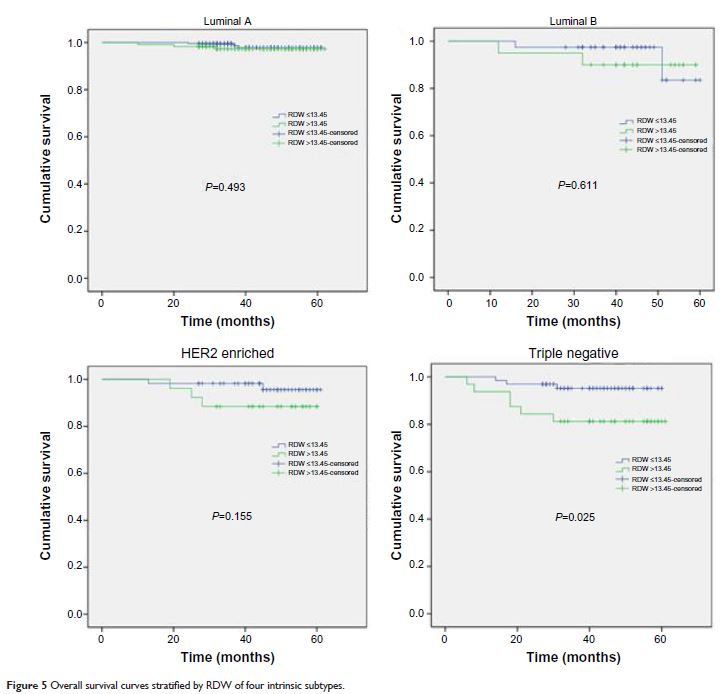108384
论文已发表
注册即可获取德孚的最新动态
IF 收录期刊
- 3.4 Breast Cancer (Dove Med Press)
- 3.2 Clin Epidemiol
- 2.6 Cancer Manag Res
- 2.9 Infect Drug Resist
- 3.7 Clin Interv Aging
- 5.1 Drug Des Dev Ther
- 3.1 Int J Chronic Obstr
- 6.6 Int J Nanomed
- 2.6 Int J Women's Health
- 2.9 Neuropsych Dis Treat
- 2.8 OncoTargets Ther
- 2.0 Patient Prefer Adher
- 2.2 Ther Clin Risk Manag
- 2.5 J Pain Res
- 3.0 Diabet Metab Synd Ob
- 3.2 Psychol Res Behav Ma
- 3.4 Nat Sci Sleep
- 1.8 Pharmgenomics Pers Med
- 2.0 Risk Manag Healthc Policy
- 4.1 J Inflamm Res
- 2.0 Int J Gen Med
- 3.4 J Hepatocell Carcinoma
- 3.0 J Asthma Allergy
- 2.2 Clin Cosmet Investig Dermatol
- 2.4 J Multidiscip Healthc

已发表论文
术前炎症标志物在中国乳腺癌患者中的预后价值
Authors Yao MY, Liu Y, Jin HL, Liu XJ, Lv KZ, Wei HY, Du CY, Wang SQ, Wei BJ, Fu PF
Published Date September 2014 Volume 2014:7 Pages 1743—1752
DOI http://dx.doi.org/10.2147/OTT.S69657
Received 19 June 2014, Accepted 16 July 2014, Published 26 September 2014
Abstract: Cancer-associated inflammation is a key determinant of disease progression and survival in most cancers. The aim of our study was to assess the predictive value of preoperative inflammatory markers, such as the neutrophil–lymphocyte ratio (NLR), platelet–lymphocyte ratio, red cell distribution width (RDW), and mean platelet volume, for survival in breast cancer patients. In total, 608 breast cancer patients operated on between January 2009 and December 2011 were included in this observational study. The association between preoperative inflammatory markers and survival outcomes was analyzed. Patients with high NLR (>2.57) or high RDW (>13.45%) showed a significantly lower overall survival rate than those with lower NLR (≤2.57) or lower RDW (≤13.45%). NLR and RDW, along with node stage and molecular subtypes, were independent prognostic factors. There was a significant survival difference according to NLR in the luminal A and triple-negative subtypes (93.3% versus 99.3%, P =0.001; 68.8% versus 95.1%, P =0.000, respectively). The triple-negative subtype was the only subtype in which higher RDW patients showed significantly poor prognosis (81.3% versus 95.5%, P =0.025). Pre-operation NLR and RDW is a convenient, easily measured prognostic indicator for patients with breast cancer, especially in patients with the triple-negative subtype.
Keywords: neutrophil-to-lymphocyte ratio, NLR, red cell distribution width, RDW, overall survival
Keywords: neutrophil-to-lymphocyte ratio, NLR, red cell distribution width, RDW, overall survival
